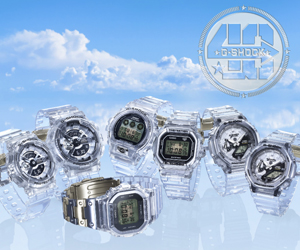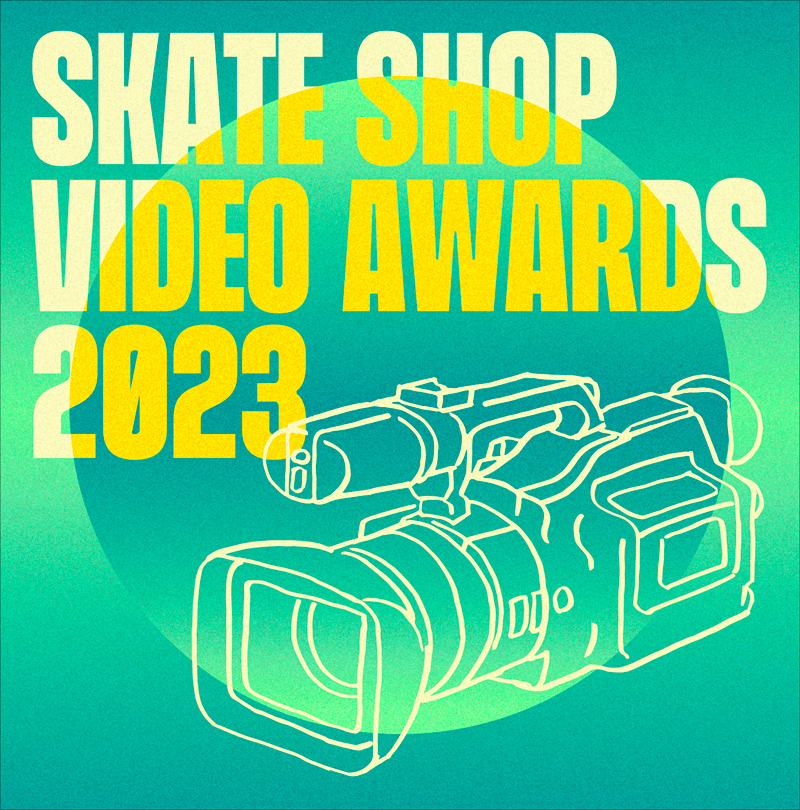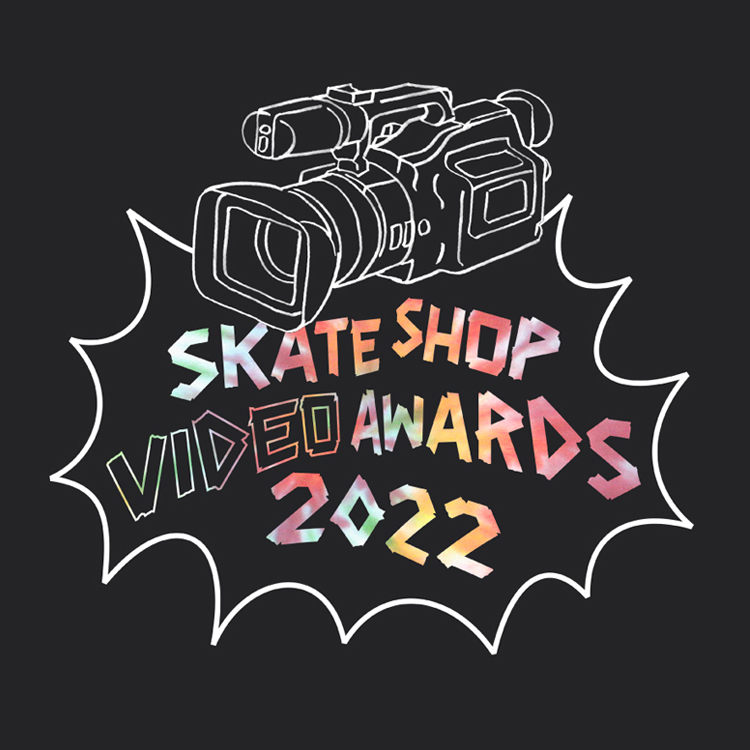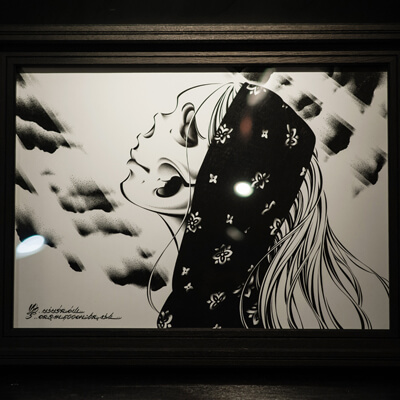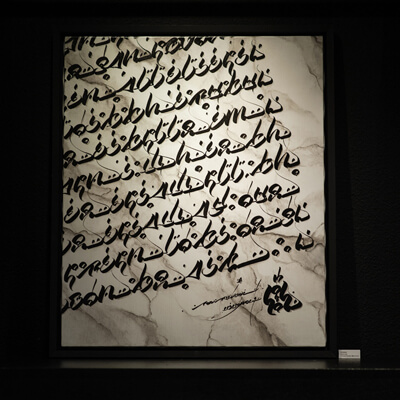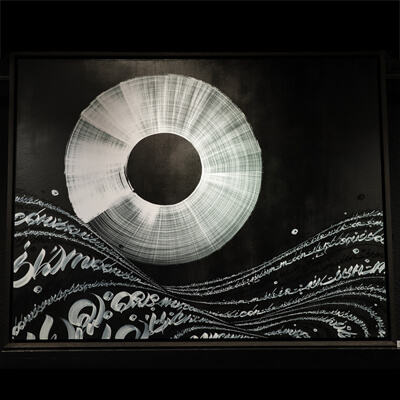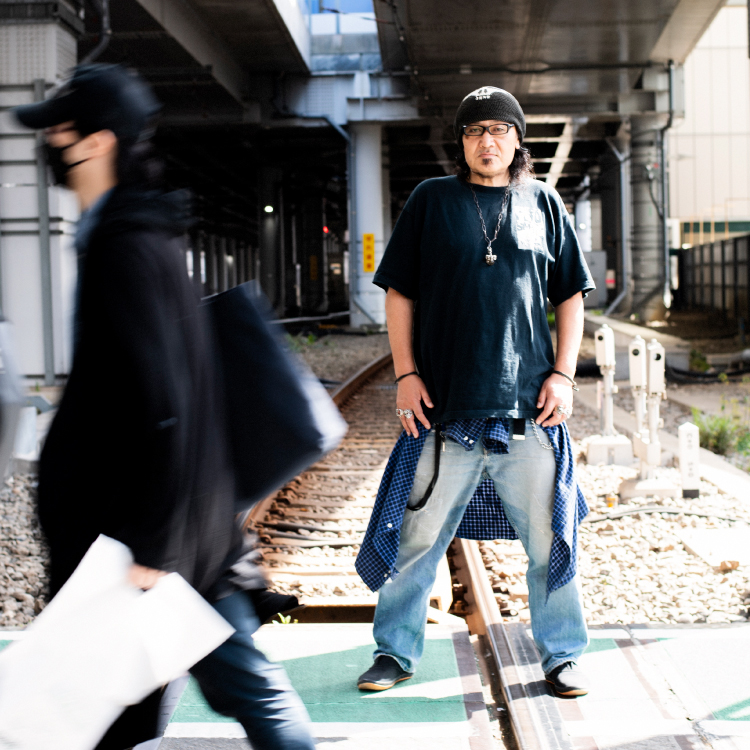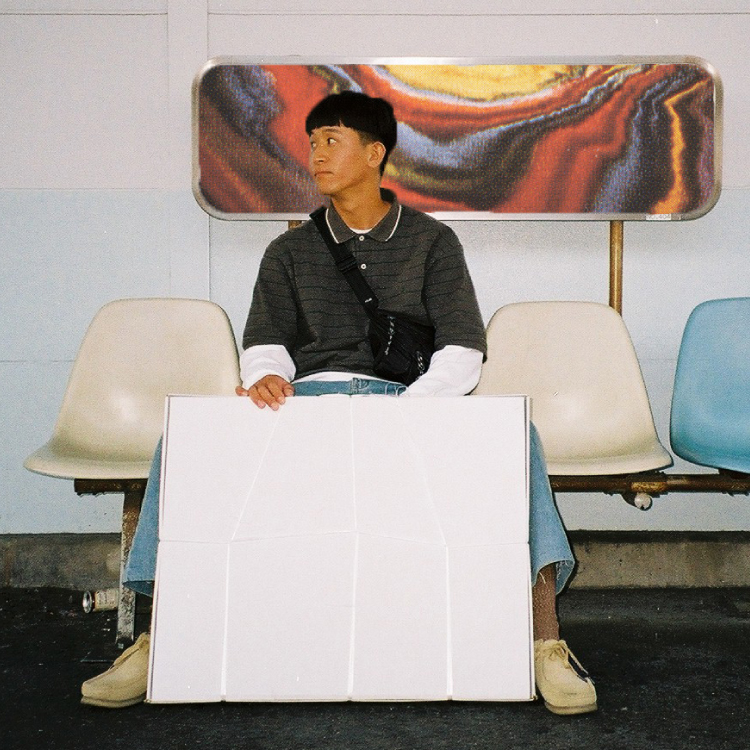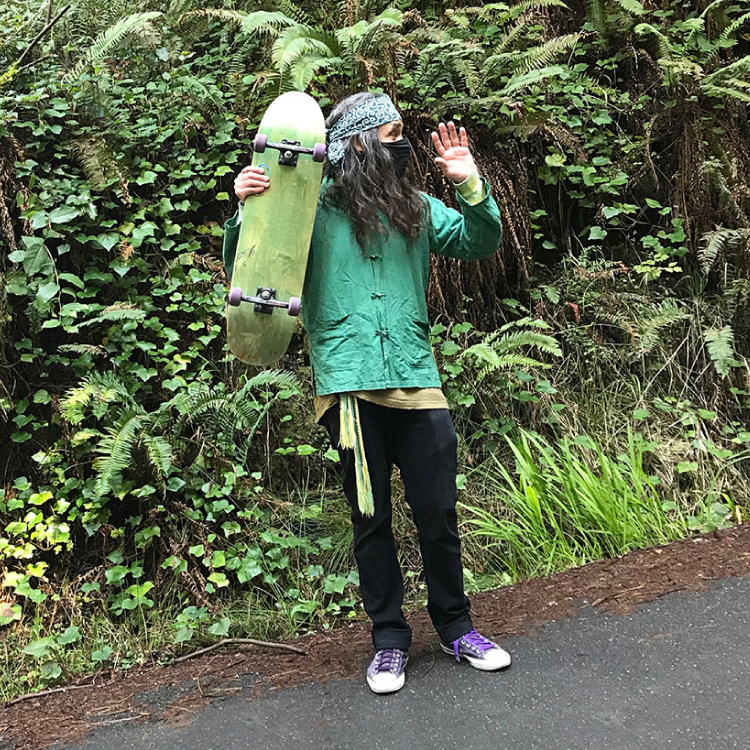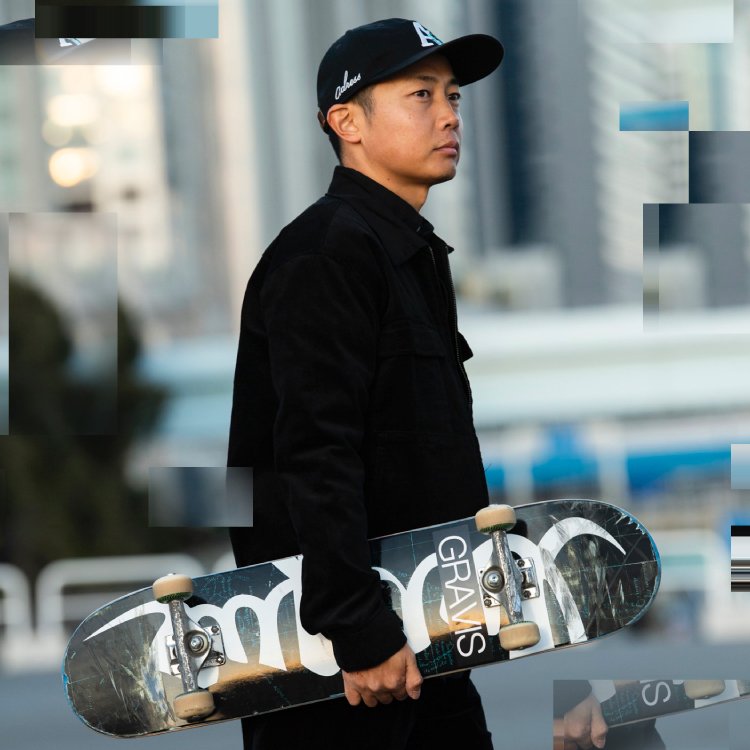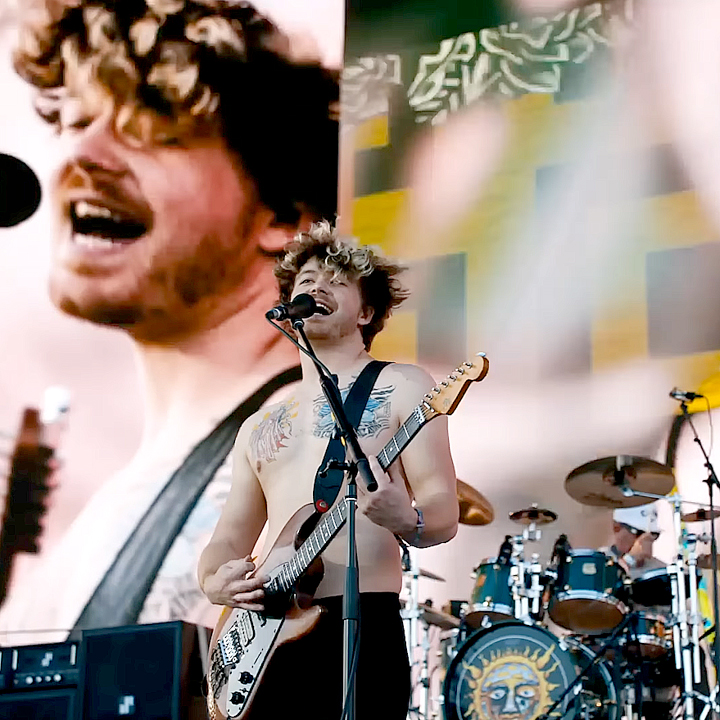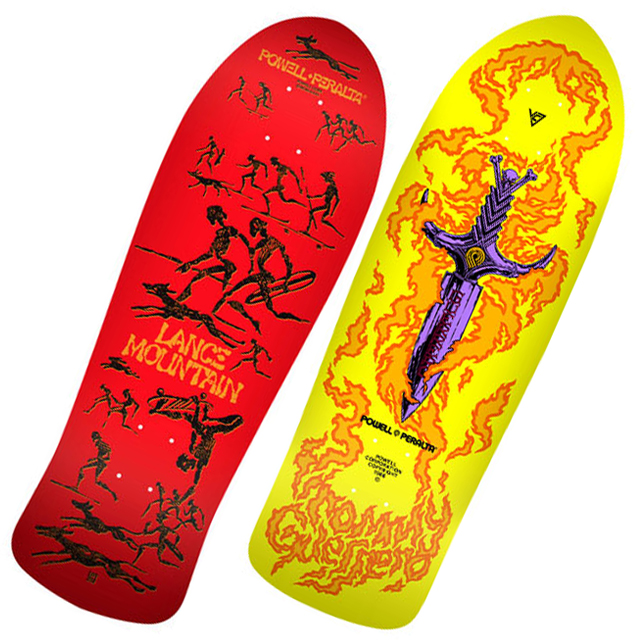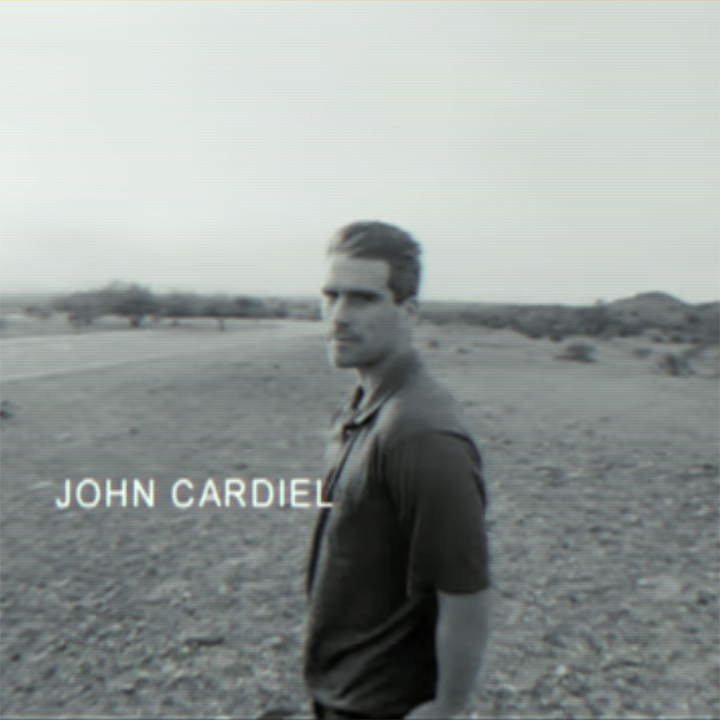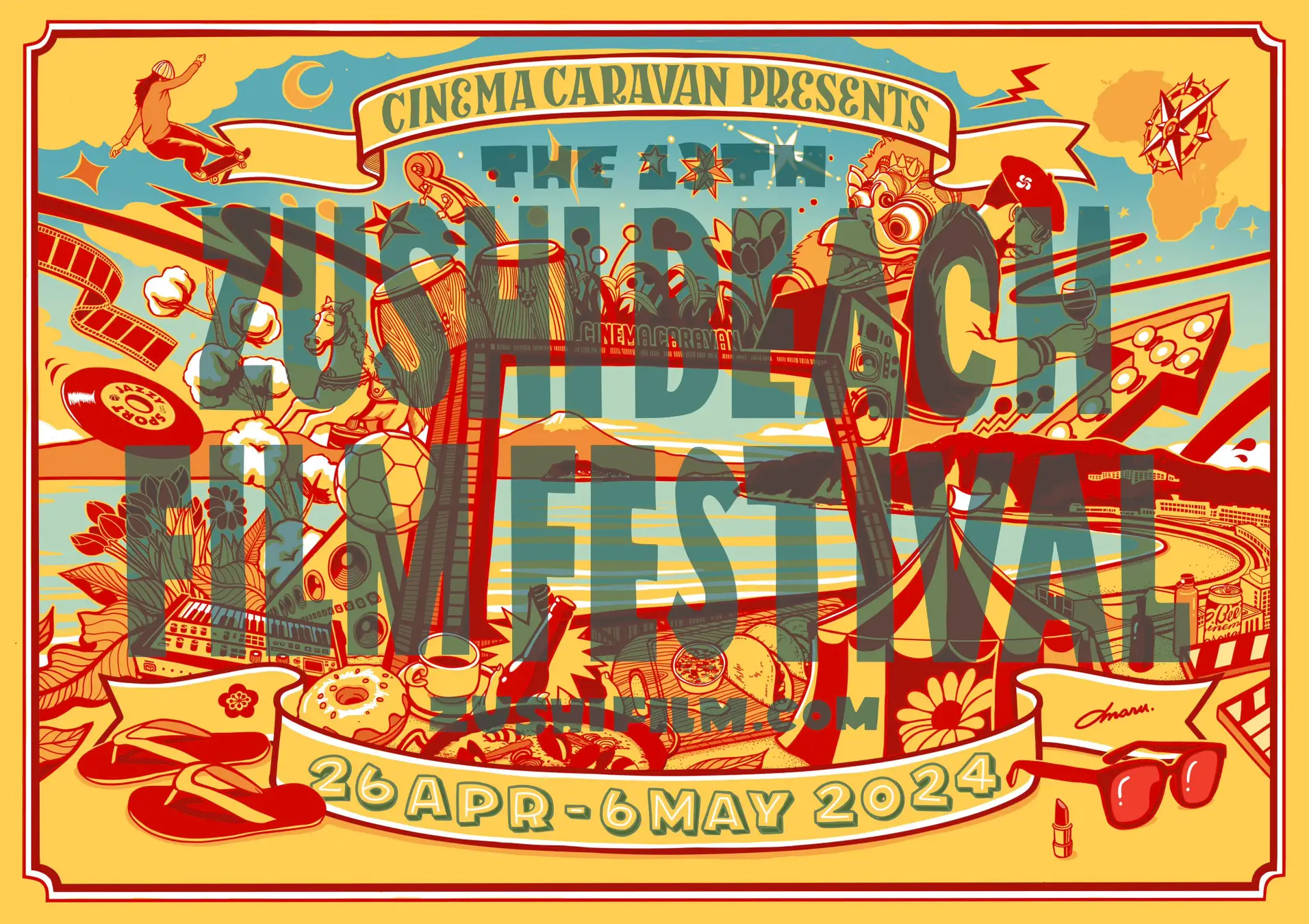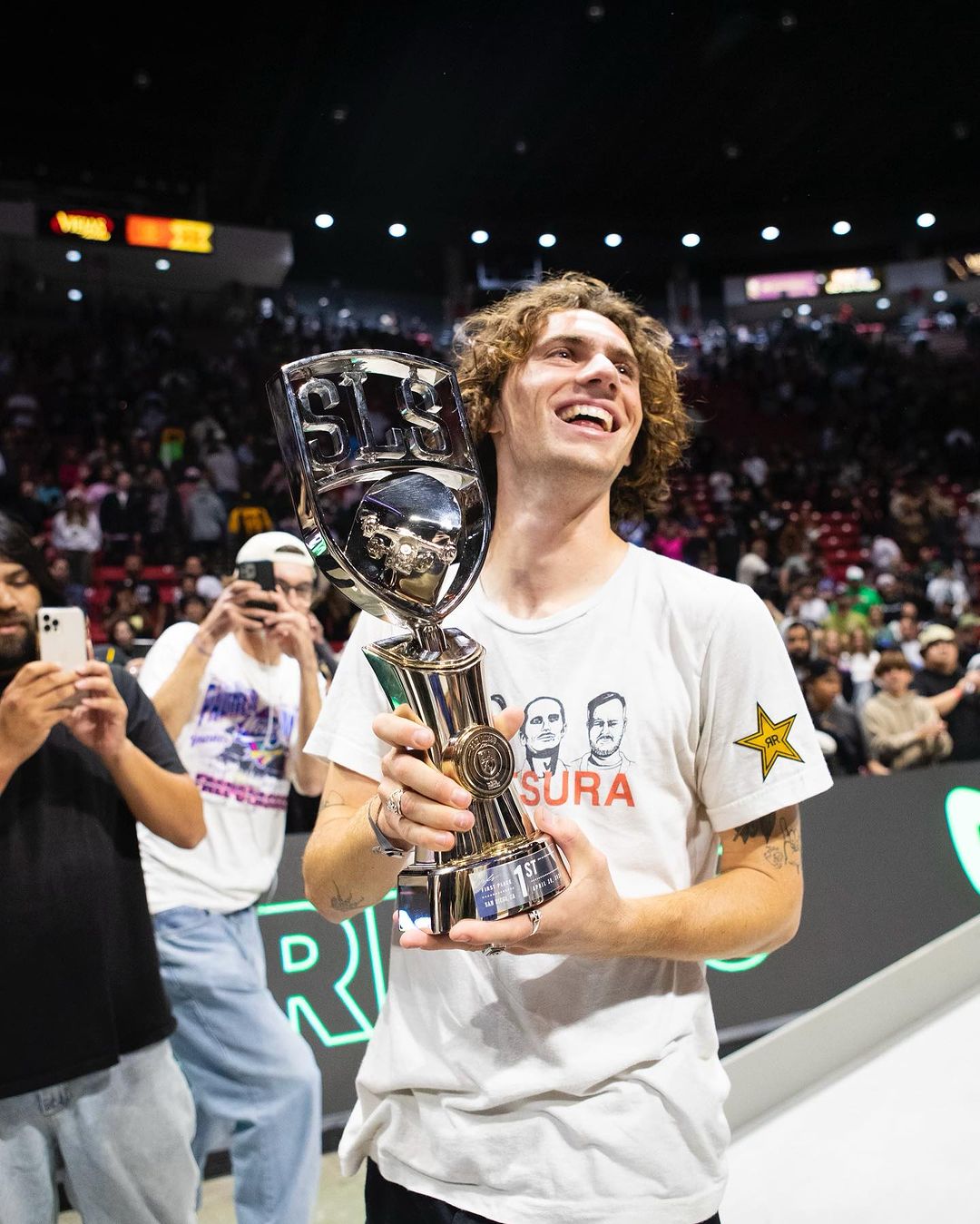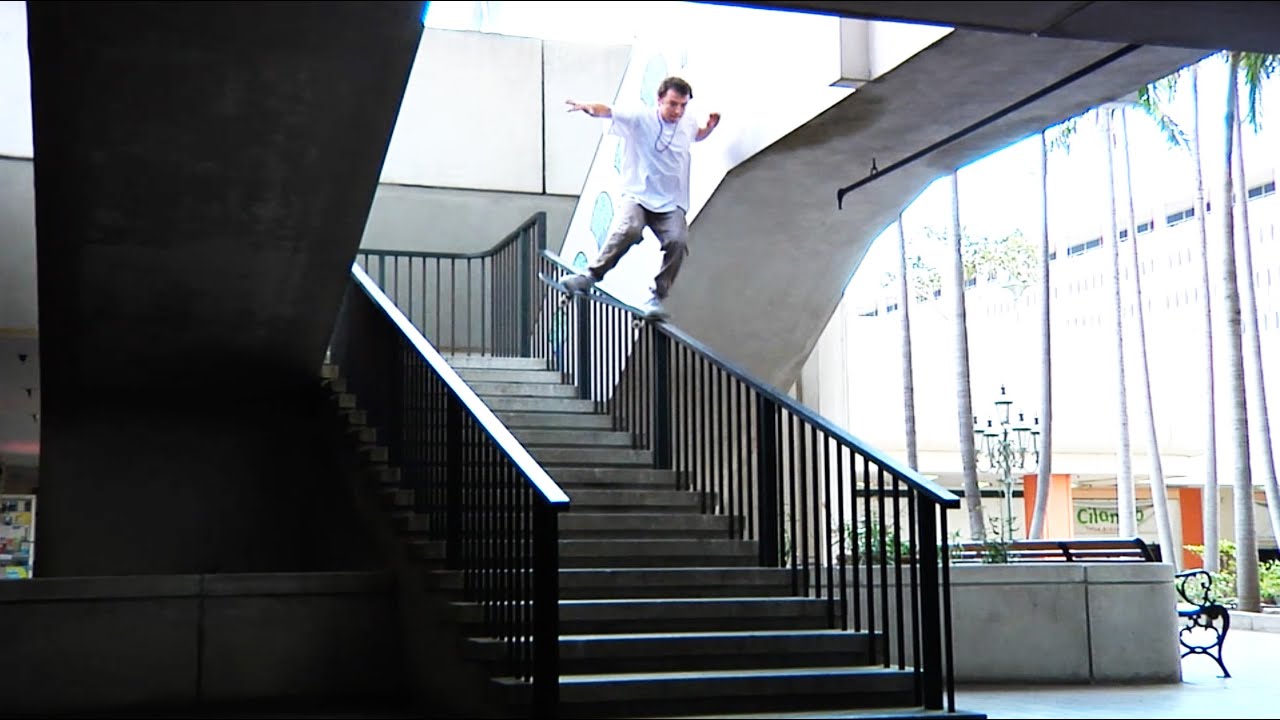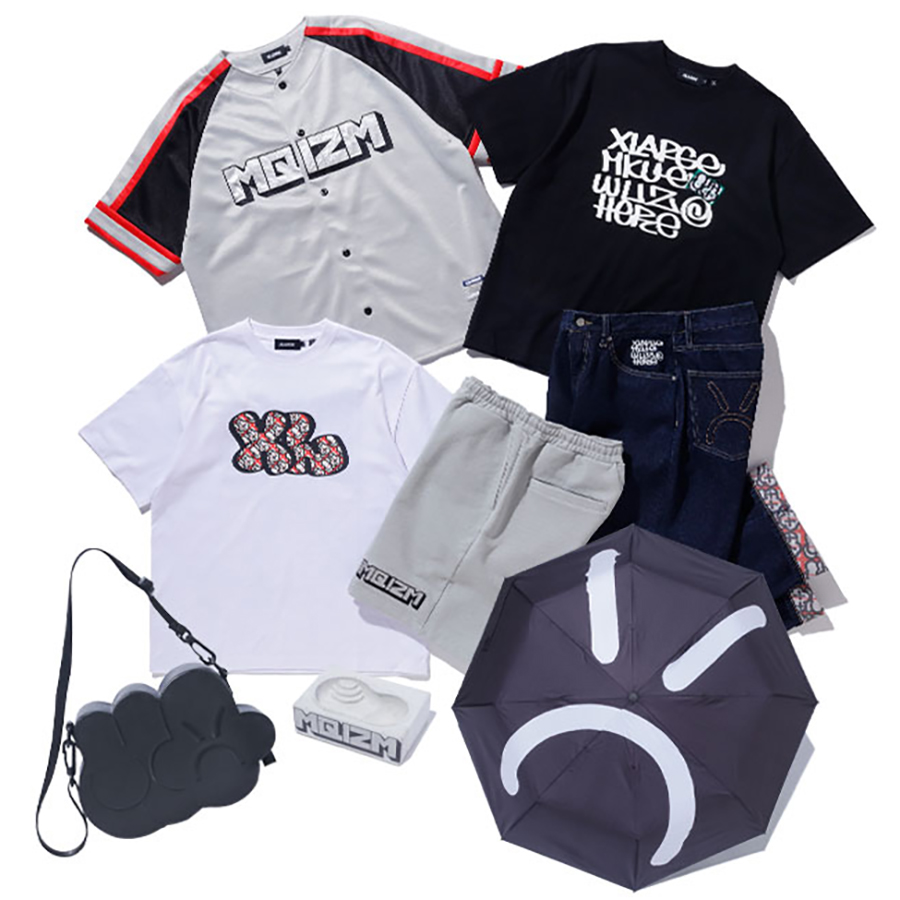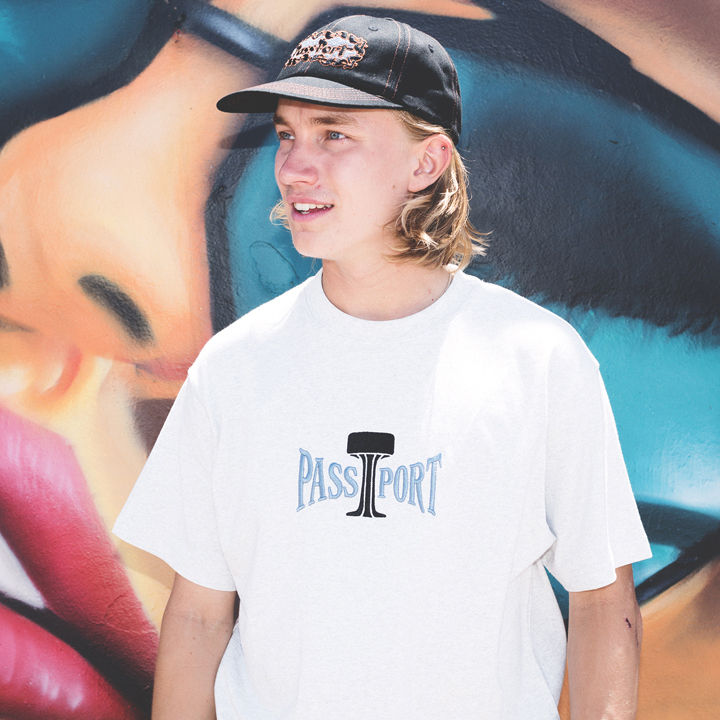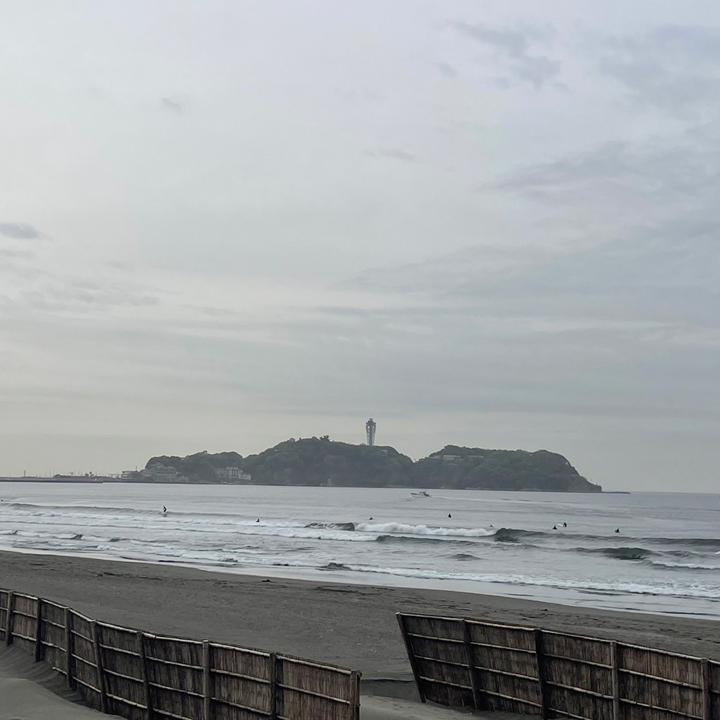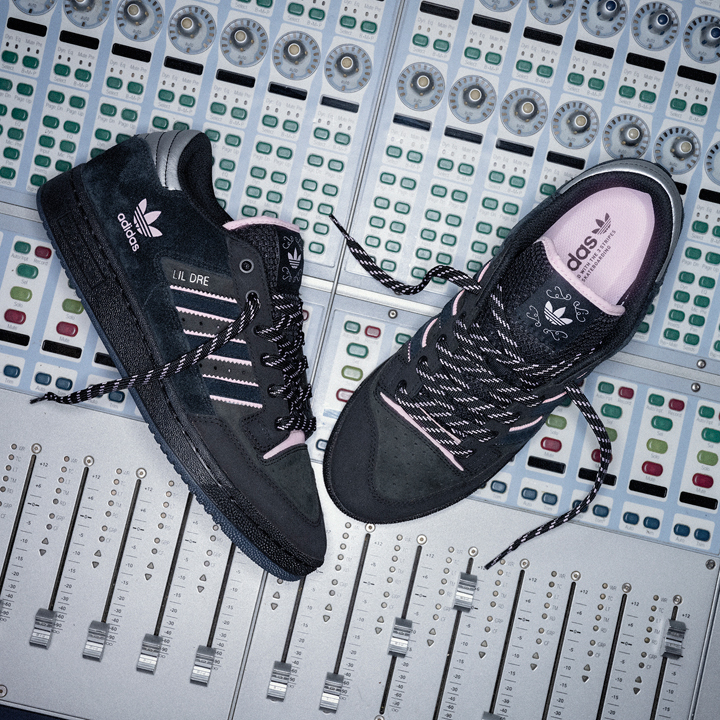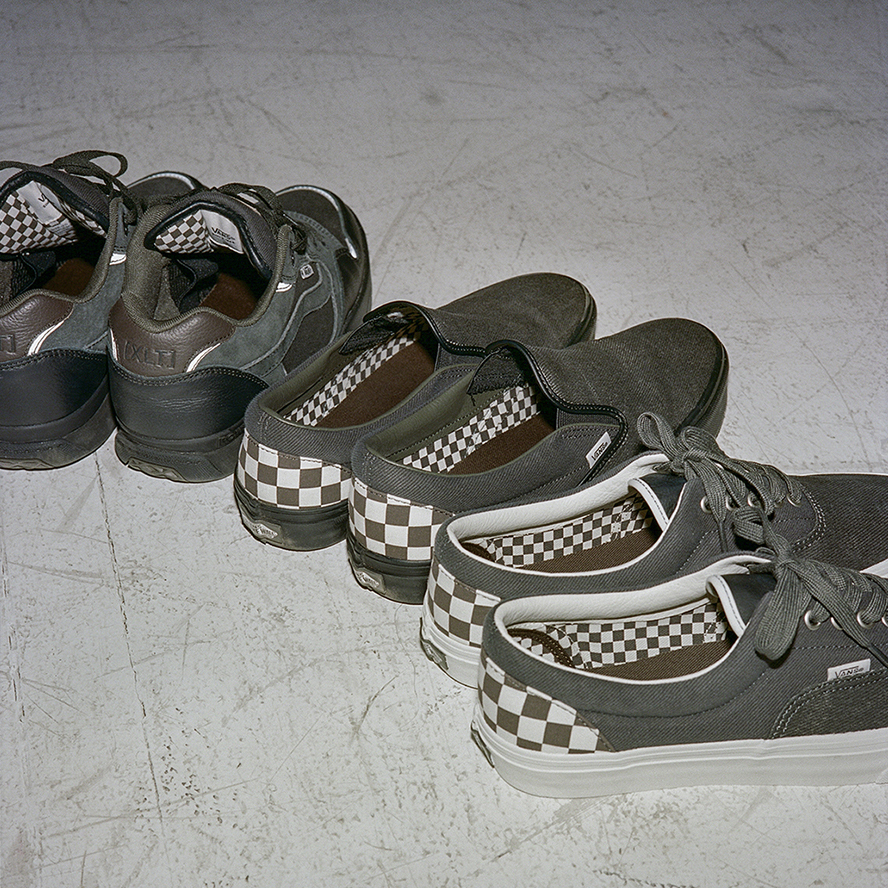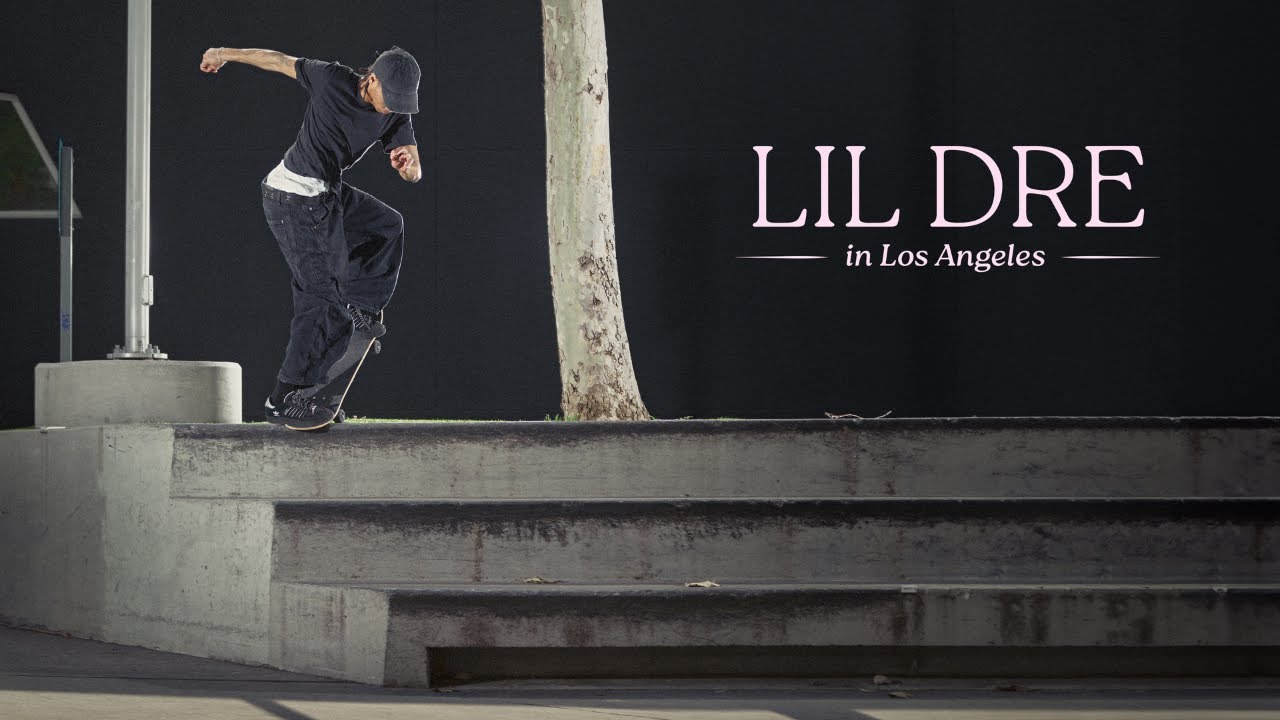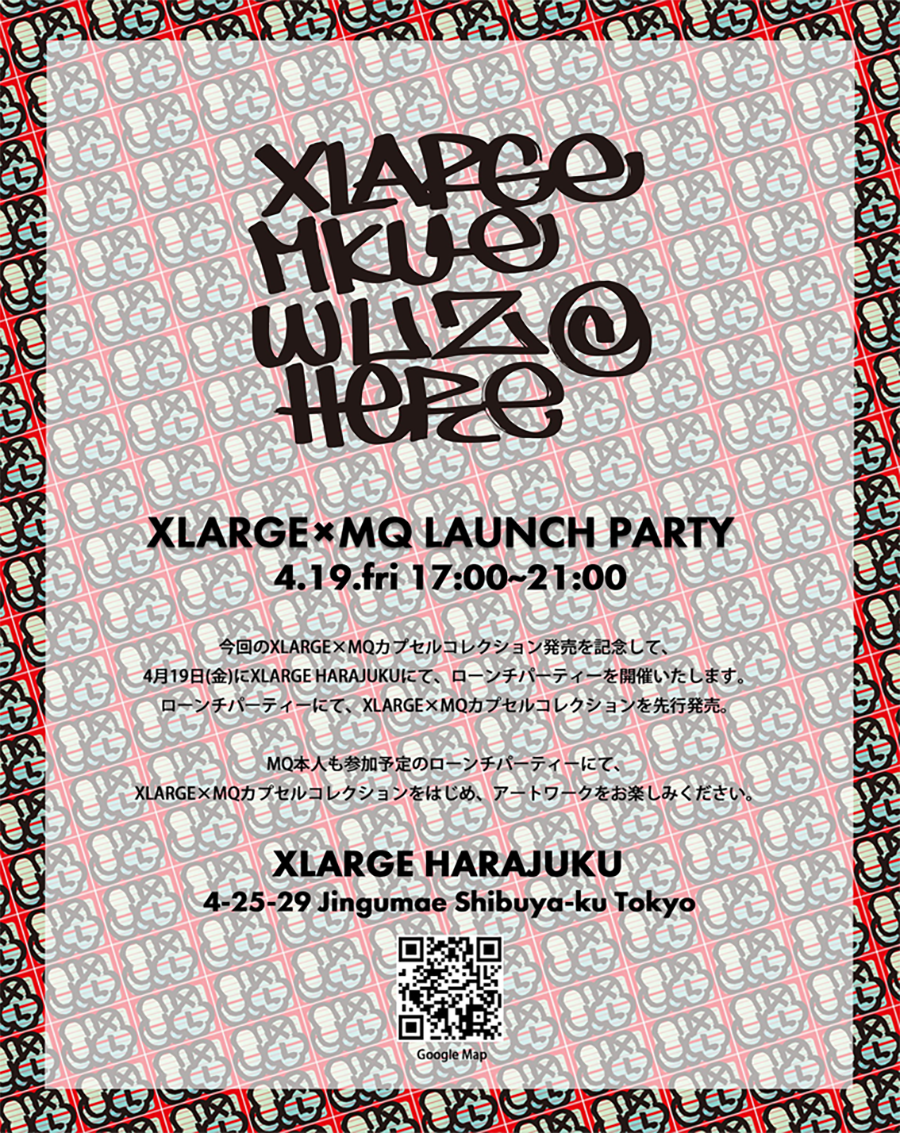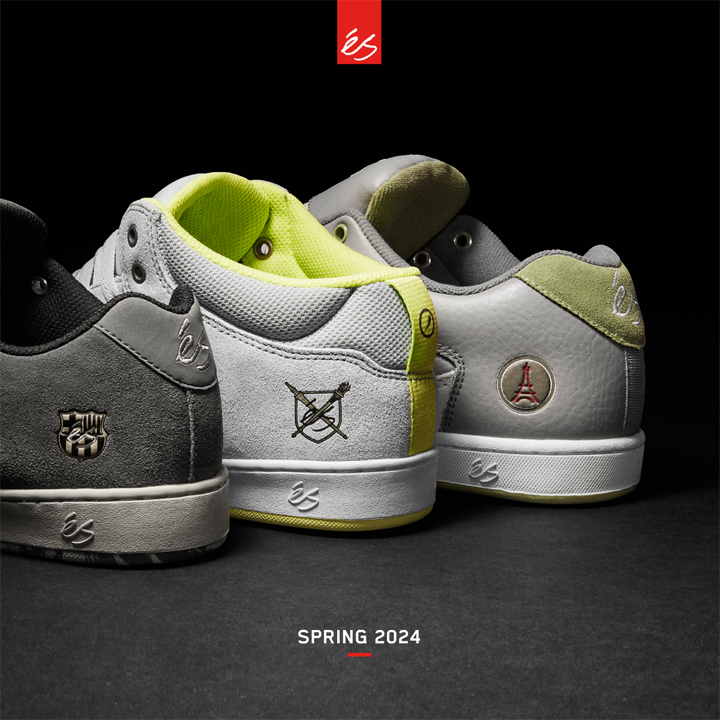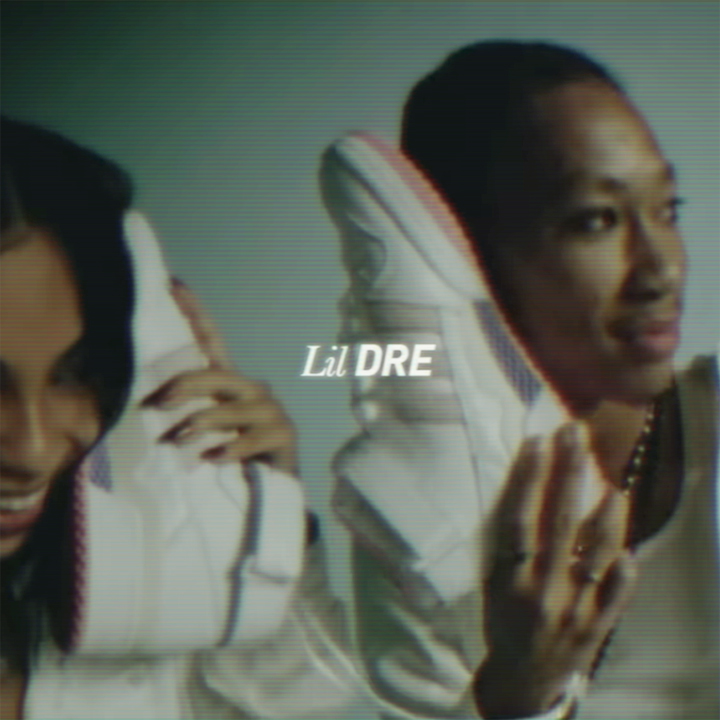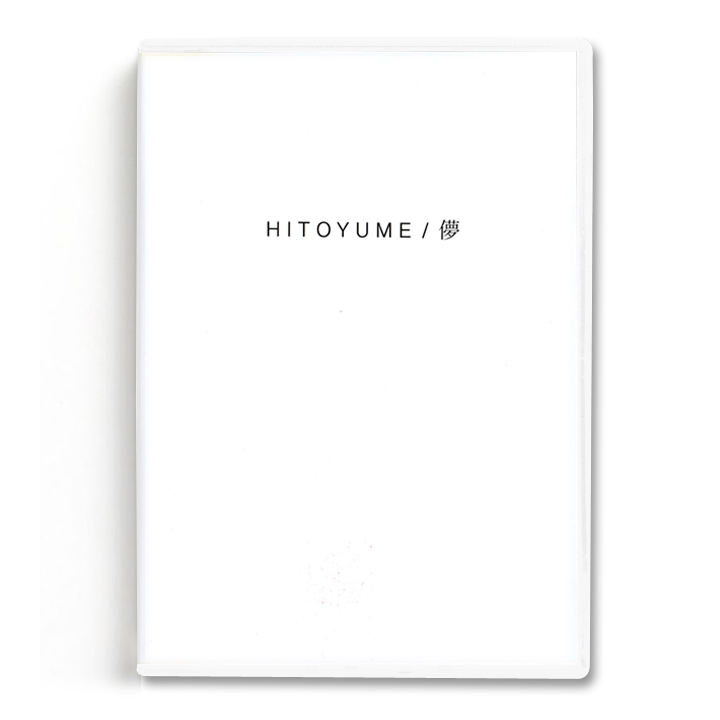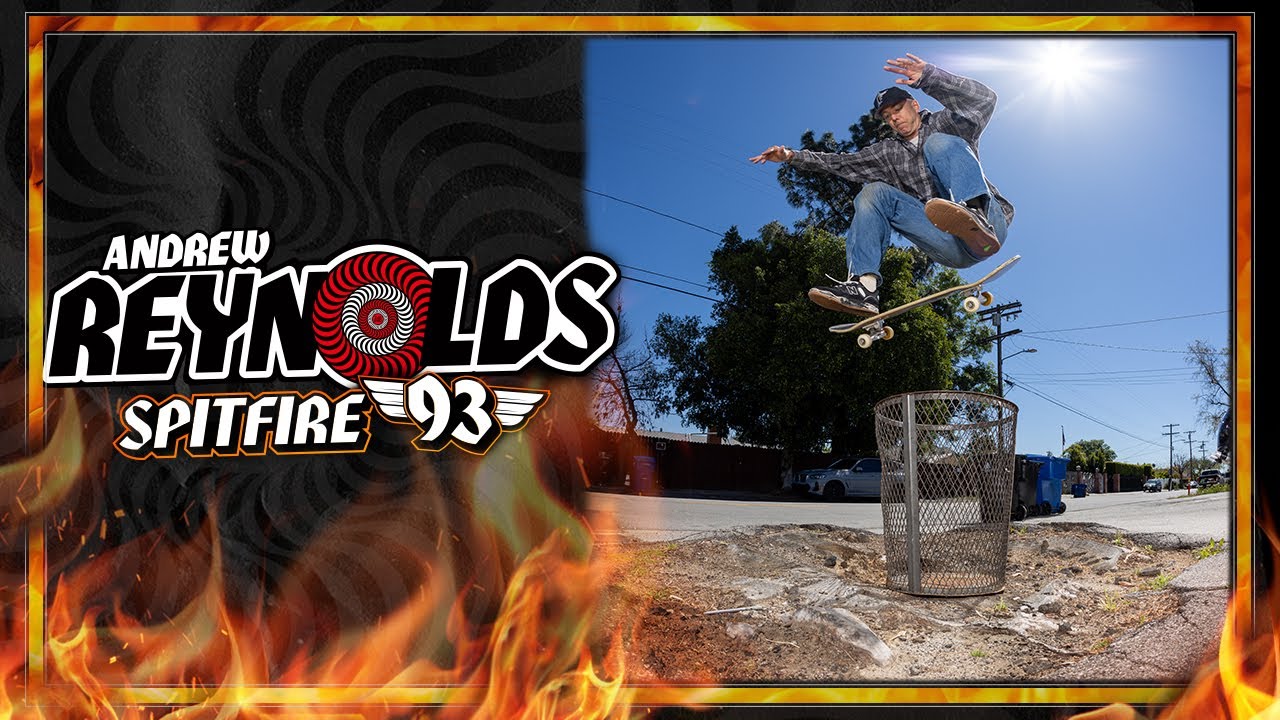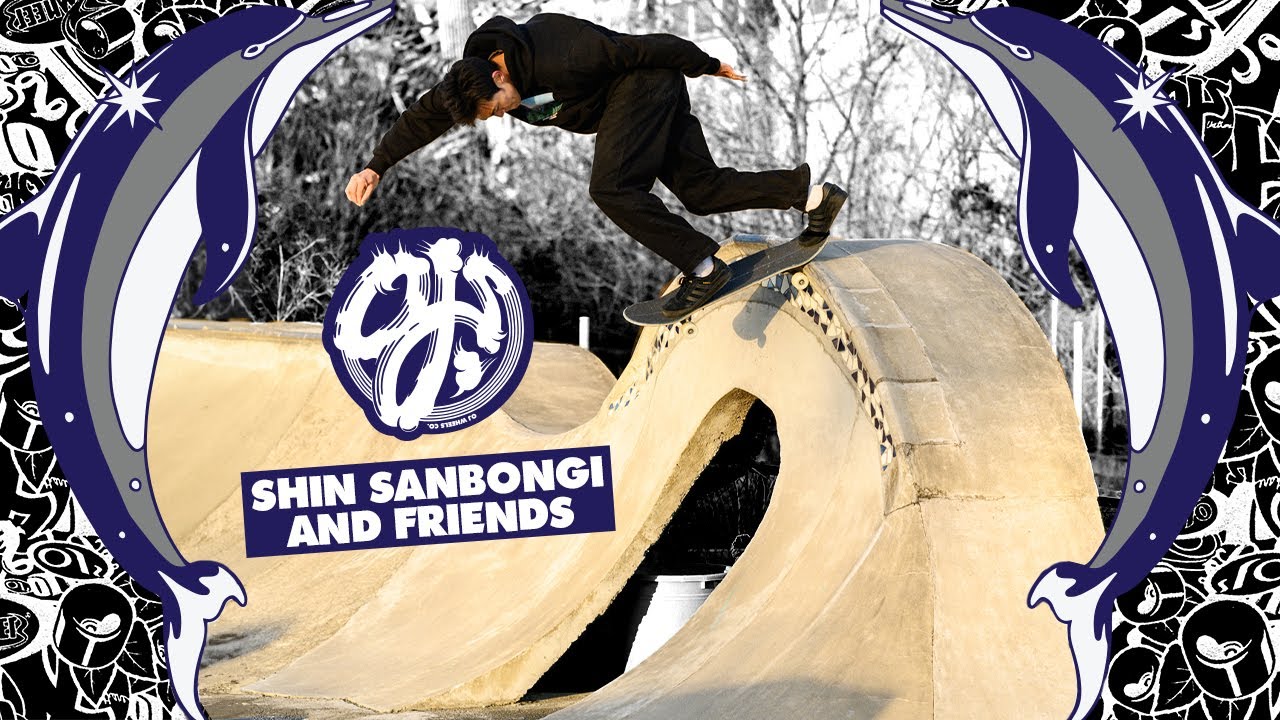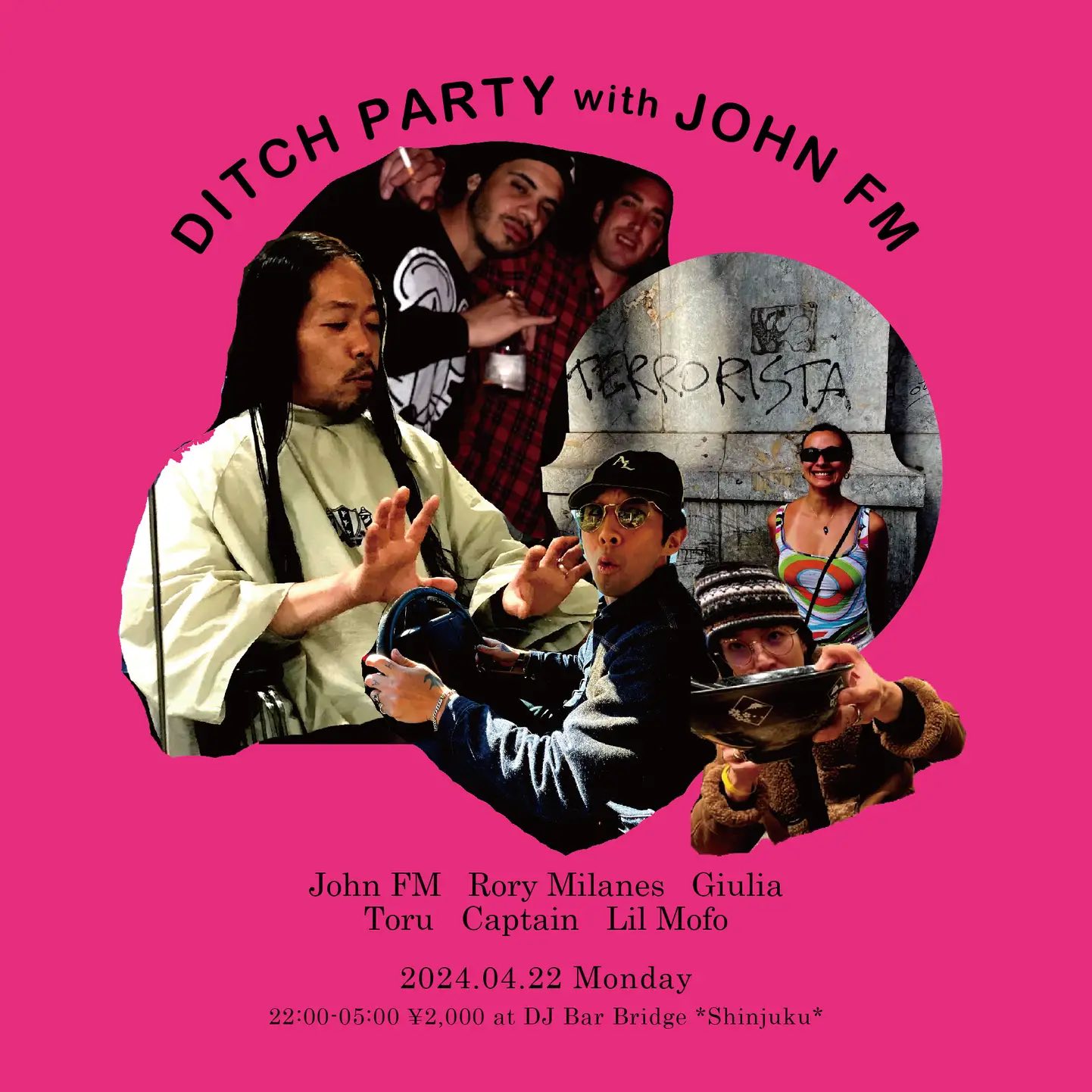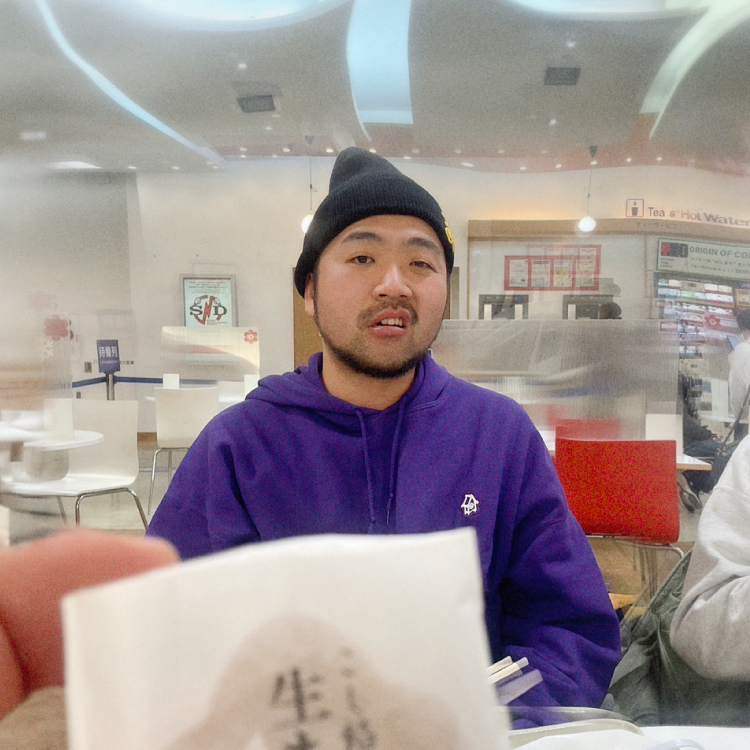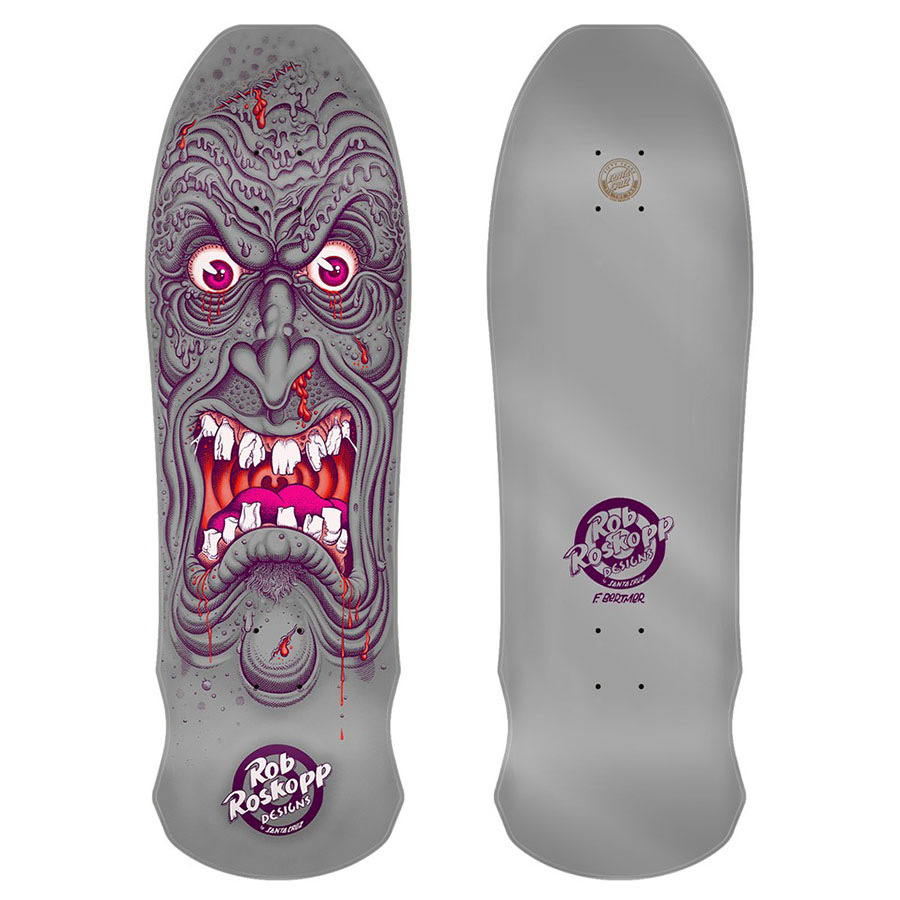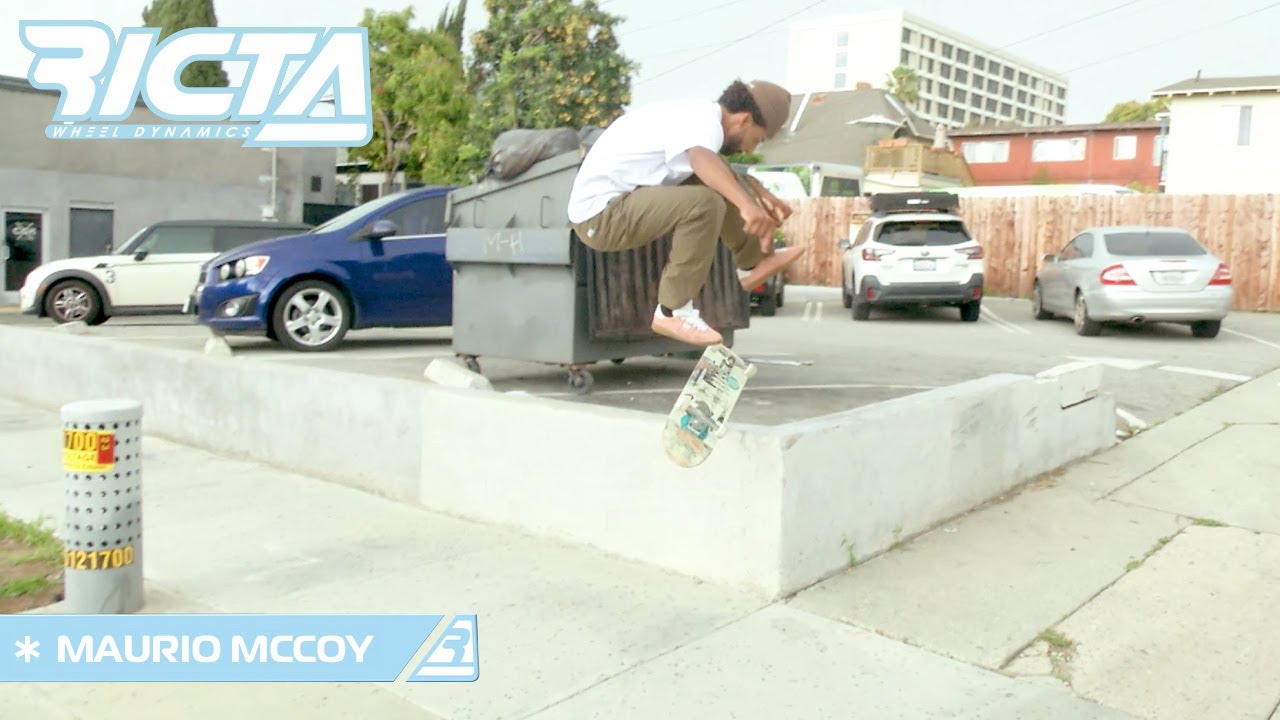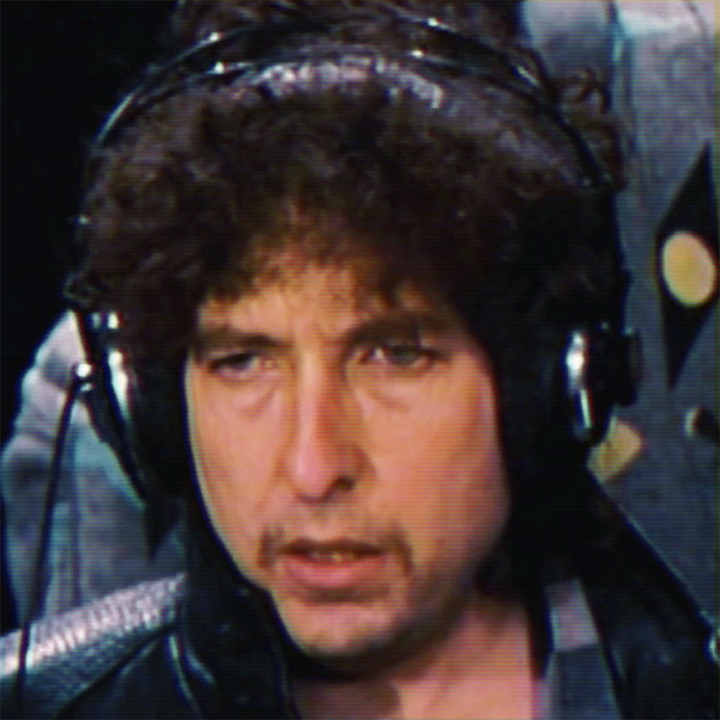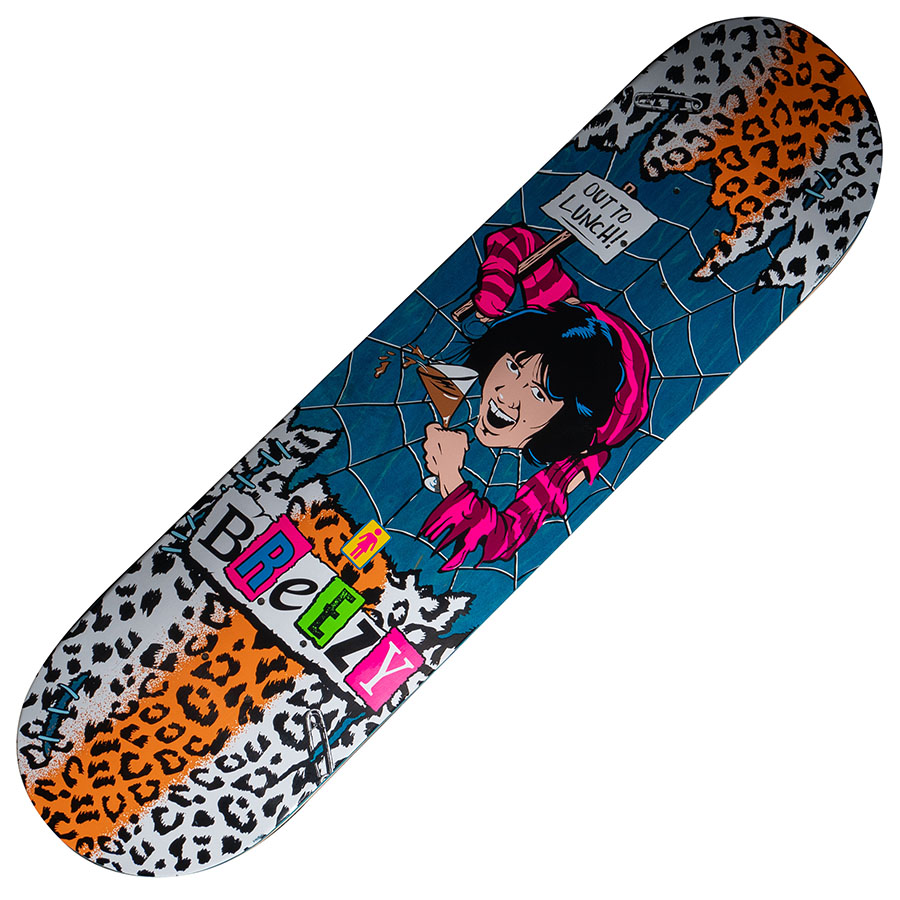MONOCHROME WORLD, DOTS AND FLOWING CALLIGRAPHY
──USUGROW (ENGLISH)
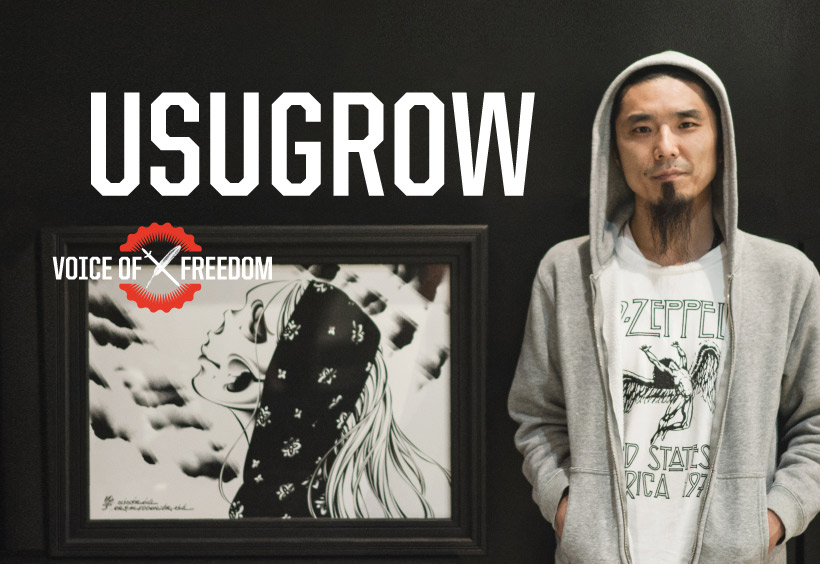
Interview by VHSMAG, Photos by Shinsaku Arakawa, Special thanks: Volcom Japan
VHSMAG (V): Firstly, how did you start making art?
USUGROW (U): I saw hardcore punk and slash metal flyers and I thought I wanted to make one. I guess that's the start. I used to enter BMX and mountain bike races before that and I'd paint my helmet and friends' guitars. I was doing that kind of stuff before encountering hardcore music and skating, the things outside the masses. Back then I was using airbrush but it took time and money so I got kind of got over it... Then I met hardcore musicians and skaters, and started seeing all these flyers, record jackets and skateboard graphics. I wanted to make one myself. I also started music and skating. And the next thing you know, here I am.
V: What was the very first piece that got out there?
U: Probably a flyer for my friend's band that I made when I was 18.
V: When did you start working as USUGROW? Was the style of black and white something you had since then?
U: I started working as USUGROW from '95-ish. As for monochrome, that was the only choice I had when making flyers on my own because the budget was very limited. You only need ¥10 if you make copies in black and white. It was done with an old copy machine when there were no half-tone so everything was strictly the same black and white. But if you drew in dots it allows you to have gradation. It's good for making silk screen and you can make it easily too. There are many artists who only draw with dots and ink in hardcore music flyer scene. So to say about the monochrome style, I'm not the original.
V: Where did the name USUGROW come from?
U: I got it from COCOBAT's bassist name Sakamoto. I was always wearing faded back (USUGRO in Japanese) tee and that was the reason.
V: Who are your influences as an artist?
U: When I started drawing in my teenage years, people like PUSHEAD and artists in hardcore music scene were my influences, but now I strongly get influenced by artists around me. Toshikazu Nozaka, Chaz Bojorquez, JUZU a.k.a. MOOCHY, Yoshiki Nagayama from TURTLE ISLAND, drummer Murochin... They're all someone I know but they're not only seeking for new skill but also going beyond music scene and aiming for the society. I get influenced by that.
V: When did you decide that you're going to make a living with art?
U: Unfortunately I wasn't smart enough to make that decision (laughs). Time just flew and the next thing you know it's today. One day I just realized that I didn't have to do a day job anymore...
V: But until that stage there were days when you couldn't live off of art, right?
U: I mean, there are a lot of things I can't talk about from those days but I was just working part-time. Rather than trying to "make something that I love a job," I was more like "selling artwork to keep doing what I do." You can't sell your work by just making it so I had to do everything on my own. For example in music, if you're DIY, you need to take care of everything, not just making music. You need to record demo, sell it, organize gig, do the booking... I do everything as an artist. I'm not hung up in this kind of DIY way, but it's good that I was able to learn a lot of stuff. But since I do everything it's hard for me to share work with others. I always try to do everything by myself.
V: When you get paid for what you do, there must be times where you need to do something that you don't want to do. How do you deal with that?
U: Anything could be a fancy meal depending on the way you think. For example, you can think like "let's work on it if this makes the client happy," or even if the subject is something you never work on, you might find something new. If you only choose things you like, you'll only eat the things you like. By involving with others, you get something that you didn't choose. That's interesting to me. I think I'm flexible in that sense. But I don't take offer from someone who doesn't know exactly what he or she wants. I want to work with someone who knows what they want even if it sells or not. Or someone like "I want to be famous!" is more likable. I like being mellow but I don't like lukewarm shit.
V: Do you remember which piece got recognized overseas?
U: If you mean in other country, there were people who had a record that I worked on the jacket, and we became friends and this and that... The word "overseas" doesn't mean a lot to me though. It's like visiting neighboring town (laughs). People tell me that I'm "representing Japan" with a good will way, but I don't think like that. If it was somewhere like deep in the amazons, that'd be a different story. As far as what I'm doing, borders doesn't mean anything. It's just something that people in power drew in this world. That doesn't mean shit for us.
V: How would you describe your style?
U: Hmm... It's like "I really want to get a kick but really delicate at the same time." I value the flow in my body and emotion when I work on my letters, but for dots it's more calculated. Both styles are in me so sometimes I get confused (laughs).
V: How did you reach those styles?
U: As a result of doing what I thought was interesting. I don't limit myself to a certain style. That's why I never write anything about my style in the bio. It's the same as the categorization in record store. In a way it's good because it makes it easier for people to get into certain music, but I don't really see the point. I don't want to limit myself. I don't limit the music I listen to or the people I hang out with. If it's interesting, it's interesting. Good things go beyond any genre. If Hibari Misora sang at a concert, fisherman, kindergarten teacher, factory owners... all walks of life would say, "Hibari's awesome!!!" I like that.
V: What's the best thing about expressing in black and white?
U: The simplicity. It's better to have less option than having too much. Even if you have ten types of water, you only drink one. You don't need too many. There are many types of tone in both black and white and there are many things to be learned. When I understand the secret of black and white, I might go ahead and use other color. First of all, enjoy rice. Nothing else. If you get over rice, go for pickles.
V: I see. Have you ever went for the pickles?
U: Yes, a little bit. The flavor was too strong (laughs). It's like, "I can't eat this." It was too early for me.
V: So you started out with a flyer, then record jacket, apparel and so on. You've also worked with Skull Skates, Real, Consolidated and Evisen. How did those come about?
U: For Skull Skates, the owner P.D. emailed me. For Real, PUSHEAD introduced Jim Thiebaud to me. When I did the board graphic for Consolidated's Maru board, the artist SADAM brought him to my show in Sendai. I got to know Evisen guys from there too. I guess everything works out organically. As for board graphics, I don't really do collector boards. I want to work on boards that are in skate shops, something that people can buy and actually skate.
V: Skate, music and art. Do you see any similarities?
U: You strongly form an image and work to get as close to it as you can. The part of your body you use is different but the process is all the same.
V: Volcom × Toshikazu Nozaka × USUGROW triple collaboration just got released. How did it come about?
U: Nozaka offered me. We've known each other for 20 years since I first interviewed him for my zine back when I was still living in Fukushima. We've collaborated on a piece and had mutual group shows, but this is our first time working on a collection product together.
V: And the theme of the collection is "love," "courage" and "wisdom."
U: Yes, these are all the things we need for our future.
V: How did you guys work together?
U: We just talked and came up with the direction. We did some sketch and overlapped them. Nothing stressful. The only stress was the deadline, I guess (laughs).
V: How do you feel that now the triple collection is released?
U: I feel happy that I did this. We're both artists but we use different equipment and see in different ways so I learn a lot. I'd like to absorb as much as I can when working with others.
V: Lastly, when do you feel blessed to be an artist?
U: It's not fun at all when I'm drawing... (laughs). I feel blessed that I got to come up with new ideas and able to experience a lot in the process. Also I got to meet many people in different places and was able to touch their ways of thinking. Maybe it's because I got older, but recently I'm slowly starting to meet people who found about me 20 years ago through my T-shirt design and had been wanting to work with me. That makes me happy.
 USUGROW usugrow.com
USUGROW usugrow.com
Started working as an artist by making flyer artworks for hardcore bands in the early 90s. He currently works in various fields like music, fashion, skate, etc, beyond restircition and genre. He's also a co-founder oh HHH Gallery.
 USUGROW
USUGROWusugrow.com
